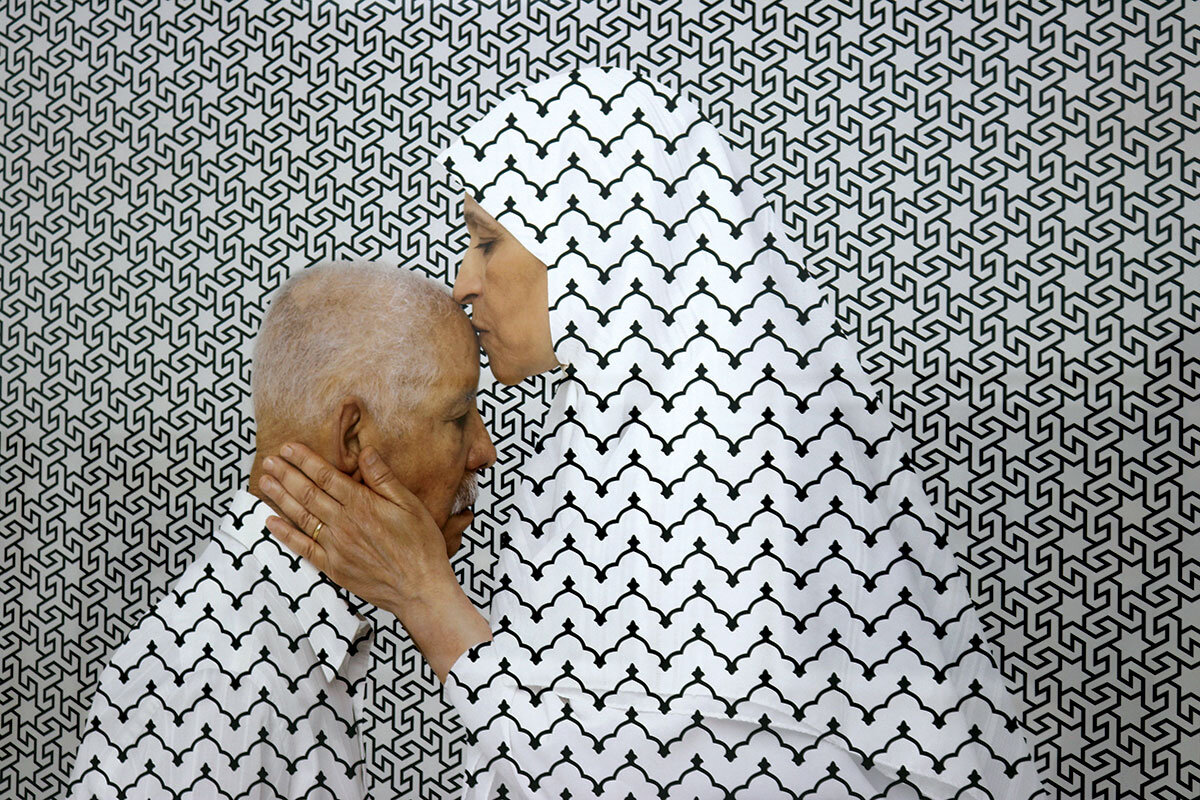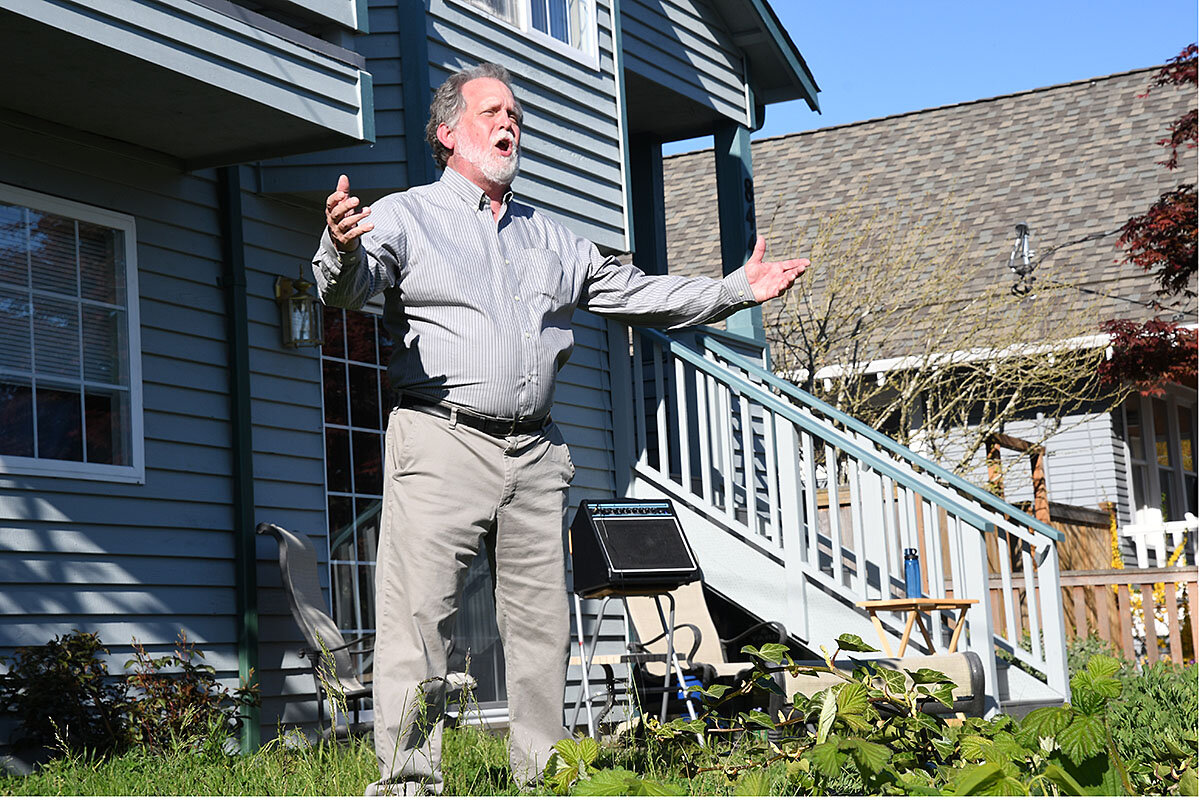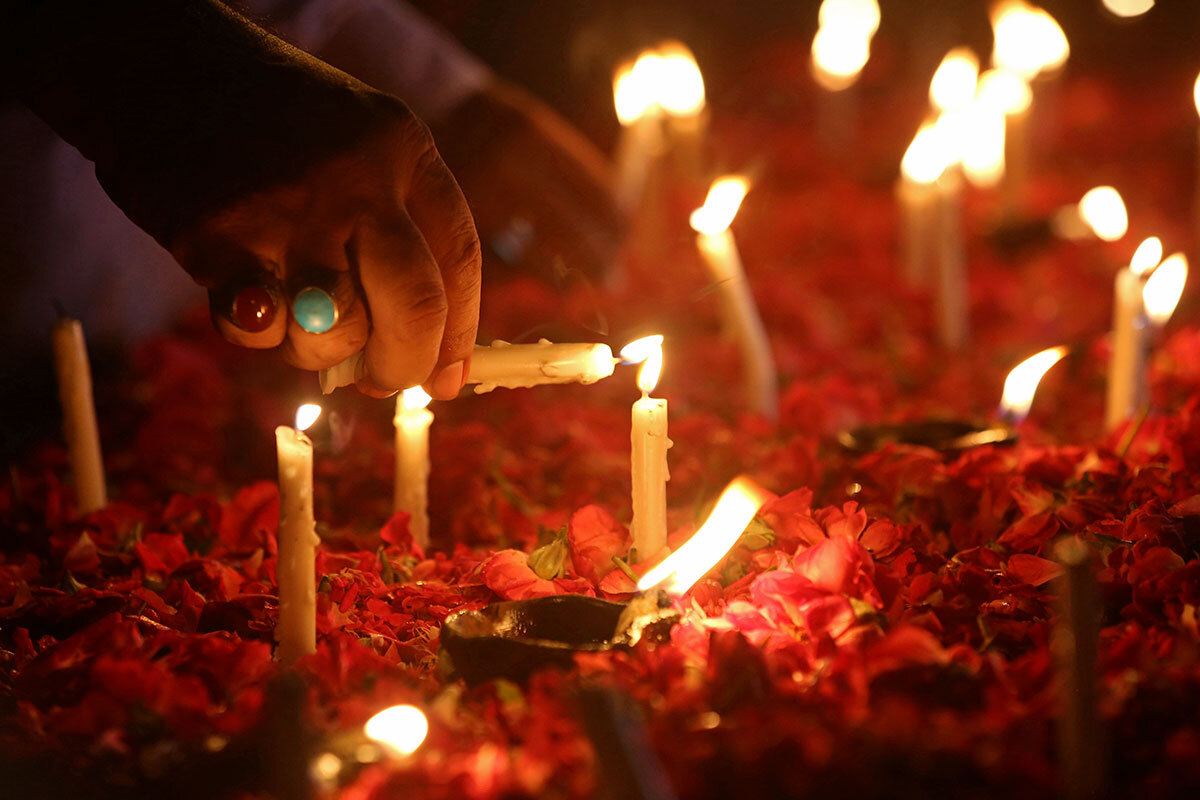Washington is debating whether to prioritize emergency relief or fiscal responsibility. Should aid be withheld from states that have poor fiscal track records? Our infographic offers a few perspectives.
Monitor Daily Podcast
- Follow us:
- Apple Podcasts
- Spotify
- RSS Feed
- Download
 Mark Sappenfield
Mark Sappenfield
Two-and-a-half minutes into the video, with a handcuffed George Floyd gasping for breath and a police officer’s knee pinning his neck to the asphalt, a bystander implores, “He is human, bro.”
The video can tell only one part of the story, which reportedly began with an allegation that Mr. Floyd was committing forgery at a Minneapolis deli Monday. Police say Mr. Floyd resisted arrest, though nothing was caught on video. He died shortly after the encounter.
Yet the video clearly underlines a chronic question: Can we do better? It has been more than five years since the issue of unarmed black men killed by police exploded into the national conversation in Ferguson, Missouri. There have been some signs of change – with body cameras for transparency and more police being held to account when they act with disproportionate force. But the number of fatal shootings by police is the same, and elements of the country have been split into taking sides – blue or black.
The video, ultimately, is a reminder of what is truly at stake: Our humanity. “After 40 years in law enforcement, I know that it is possible to do the job with a generous heart, a sound mind, a clean conscience, and boundless humanity,” writes retired police officer Cedric Alexander on CNN in response to Mr. Floyd’s death.
In holding to that standard, we make a commitment not just for police, but for our communities and countries as a whole.










